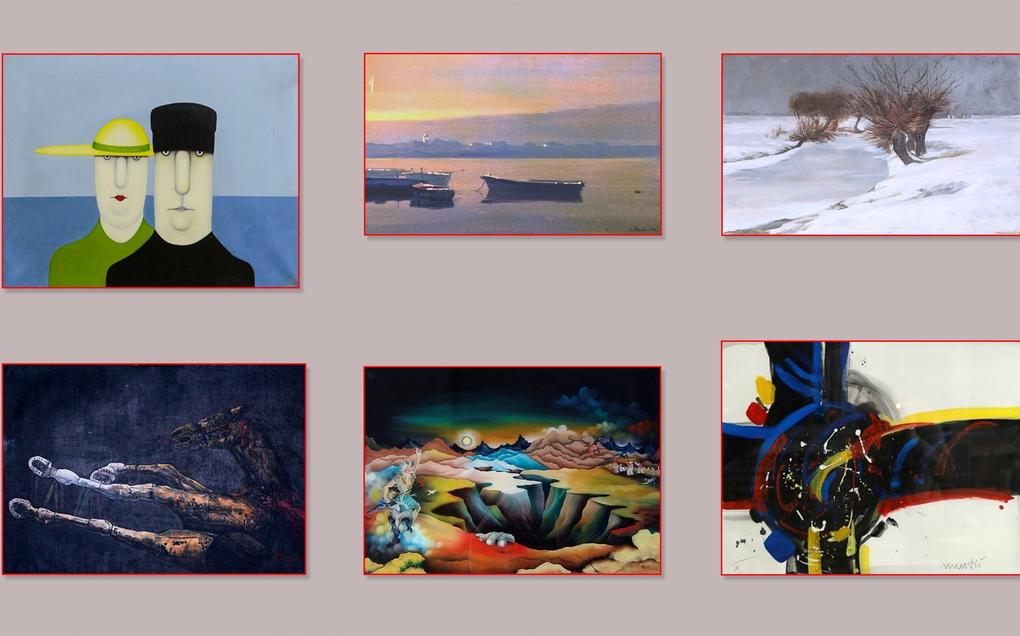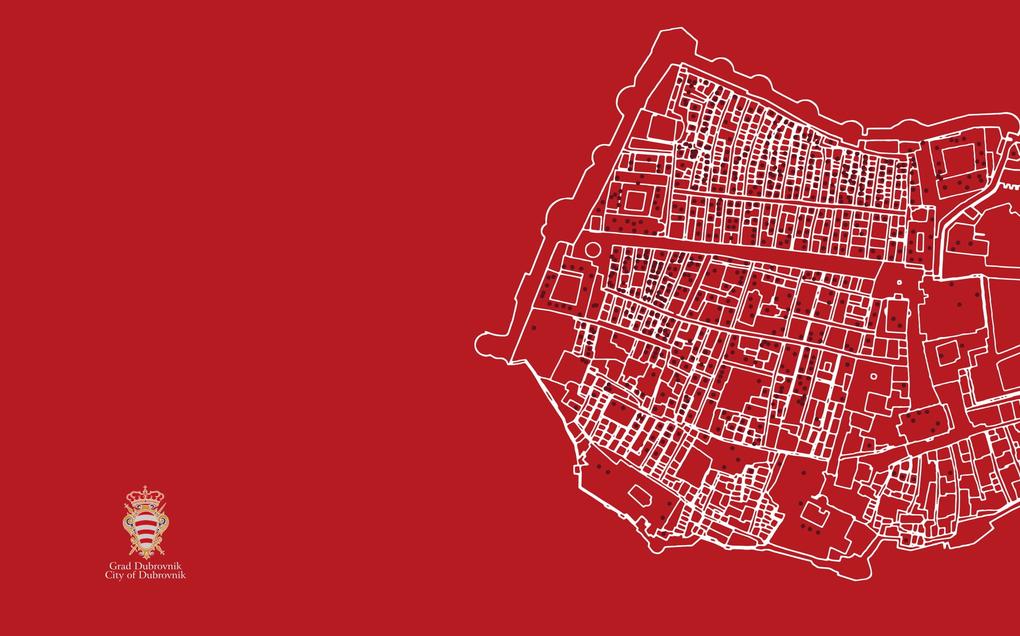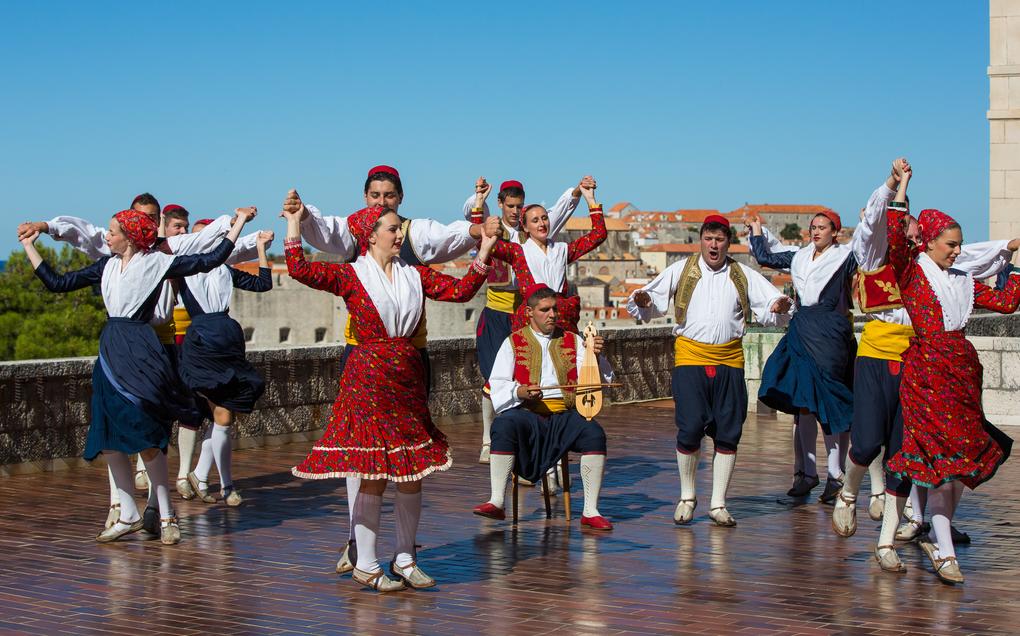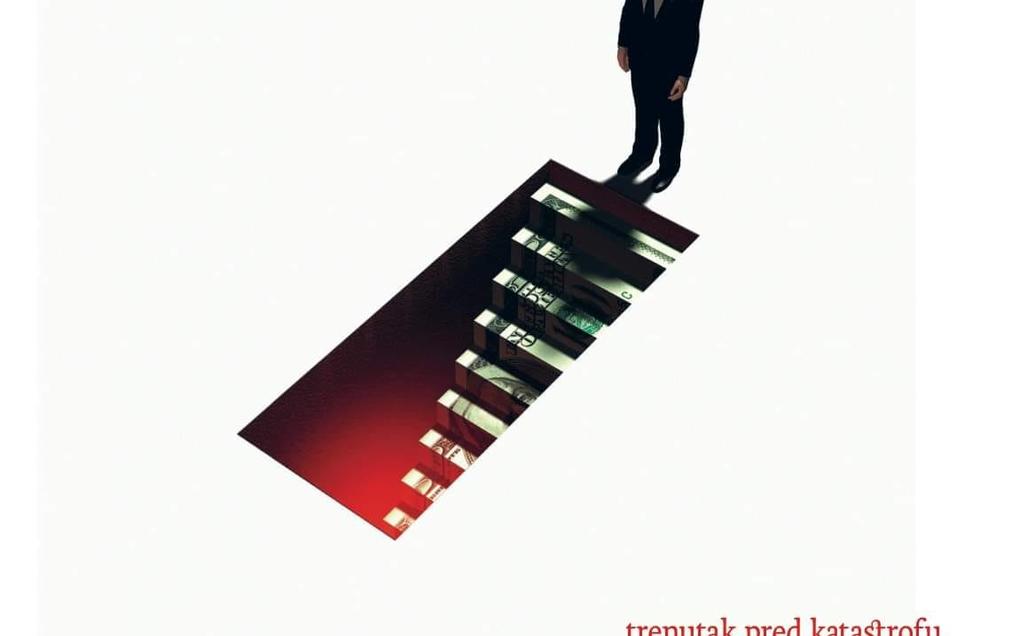Alternative Biographies
Ivan Dživo Gundulić
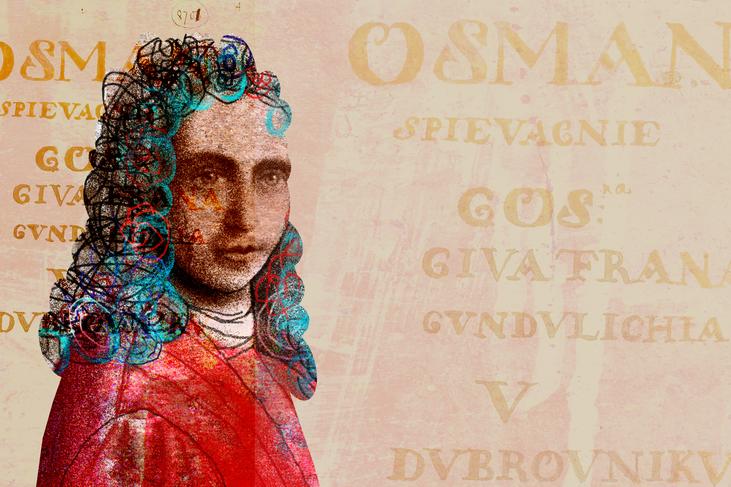
Photo gallery
He married Nika Sorkočević (Sorgo) that he had two daughters and three sons with. Both of his daughters became nuns; one in the Franciscan, and the other Benedictine, order. He died at age 49, just as he neared the age at which he would be eligible to become the Rector of the Dubrovnik Republic (one had to be 50 years old). During his lifetime he occupied various positions that were, according to the rules of this small aristocratic Republic, performed by members of his class (he was twice nominated the rector of Konavle, he was a Dubrovnik senator, and member of the Minor Council). He was buried in the tomb in front of the main altar in the Franciscan church in Dubrovnik. His started writing lyrical plays and, probably, poems. Gundulić predominantly used the octosyllabic line and quatrain stanza, but sometimes he used other forms like, for example, dodecasyllabic meter with internal rhyme. He rejected his early writing – youthful love and melodramatic works written under the influence of Dubrovnik Renaissance writers – and referred to them as a “brood of darkness,” so he abandoned them in the darkness and emerged into the light as a “Christian poet.” And as a Christian poet of the Catholic Counter-Reformation he wrote the three most important works that represent outstanding achievements of Croatian and European Baroque literature. These are, the reflexive-religious poem Suze sina razmetnoga (Tears of the Prodigal Son) written in 1621, and published in Venice one year later, modelled on Italian literature and the biblical Gospel According to Luke; the allegorical pastoral drama Dubravka from 1628, that celebrates the freedom and glory of Dubrovnik; and the grandiose Baroque epic poem Osman, from 1621 that talks about the transience of earthly glory and power. Ivan Gundulić was a celebrated and respected writer during his lifetime, but in the time of the Croatian national revival he was given the status of canonical writer of older Croatian literature. The connection between the northern and southern Croatia are best expressed in the ceremonial curtain of the Croatian National Theatre in Zagreb painted by Vlaho Bukovac. It depicts the adoration of Dubrovnik and celebrates Gundulić as the “king of Croatian poetry.” The painting shows all important representatives of cultural and social life, including the Croatian reformers lead by Ljudevit Gaj, who is seen bowing before Gundulić, while Europe, personified as a young girl, is placing a laurel wreath on his head. In paying respects to Gundulić, Gaj is joined by Antun Mihanović, author of lyrics to the Croatian national anthem, Ivan Mažuranić, the first Croatian ban commoner, poet Petar Preradović, count Janko Drašković, Ivan Kukuljević Sakcinski, who delivered the first speech in Croatian in the parliament, and many others. This painting by Bukovac is the visual representation of Zagreb as the new cultural centre and heir of the artistic and political glory of the Dubrovnik Republic.
Gundulić’s allegorical pastoral Dubravka is set in idyllic Arcadian spaces and is a hymn and celebration of freedom as a treasured “gift from God.” Freedom is higher than any other value and was the foundation of all of Dubrovnik’s glory and reputation. The final verses that were put to music by Jakov Gotovac, are performed as an Ode to liberty every year at the opening ceremony of the Dubrovnik Summer Festival: “Fair liberty, beloved liberty, liberty sweetly avowed, thou are the treasured gift that God to us endowed, all our glory is thy true creation, to our Home thou are all the decoration, no silver nor gold, not life itself could replace the reward of thy pure and sublime grace!” May they be an eternal reminder.



